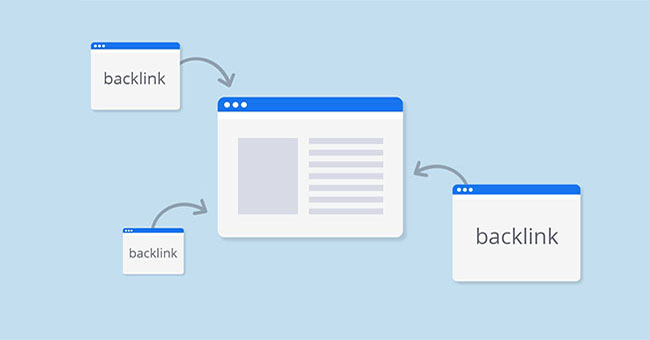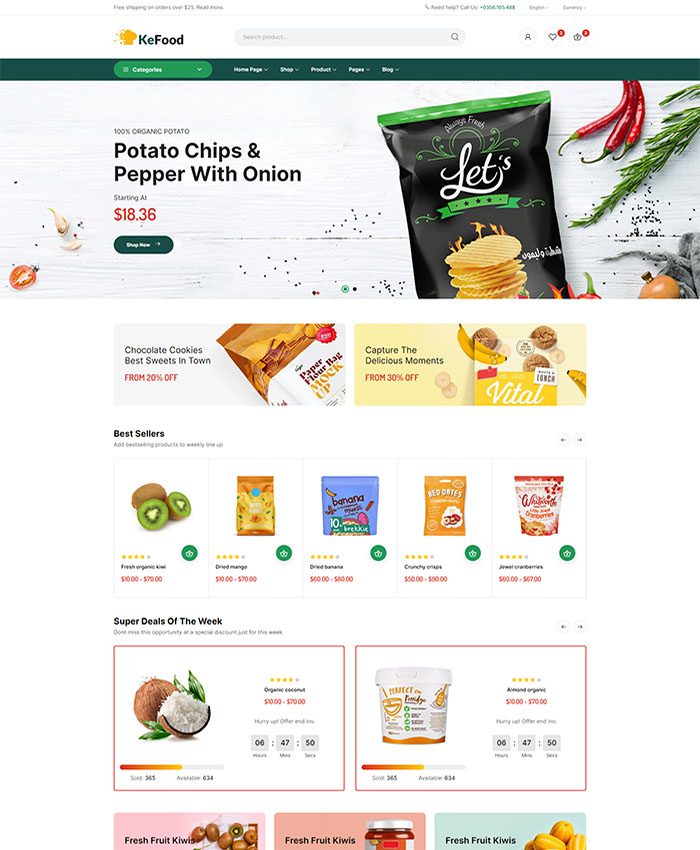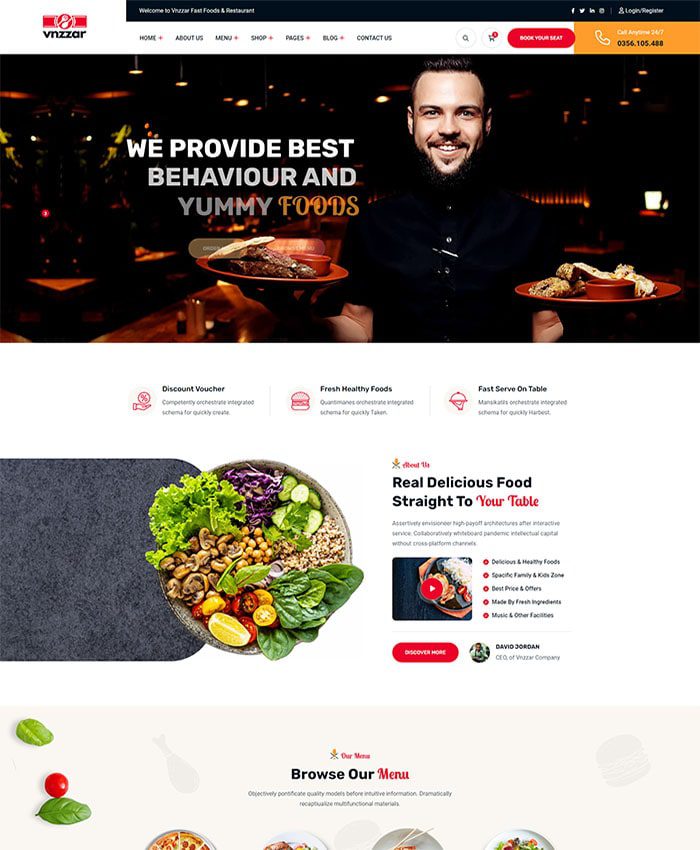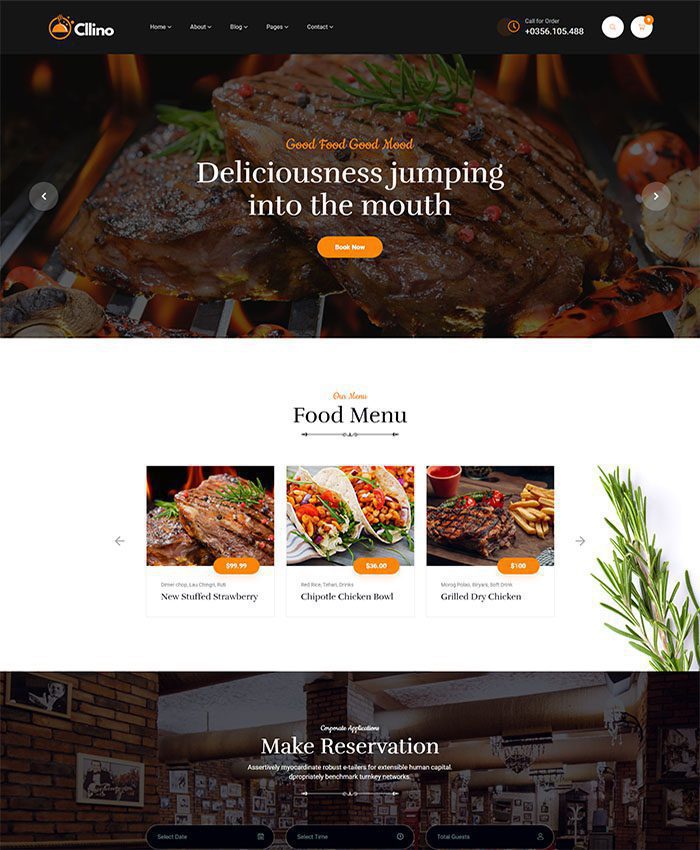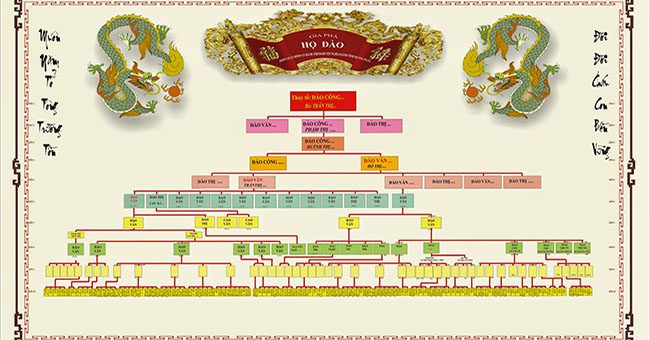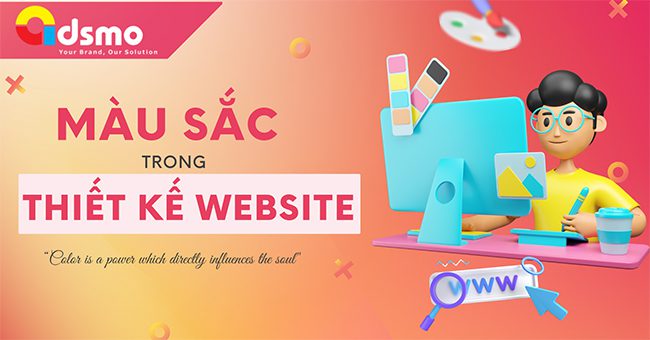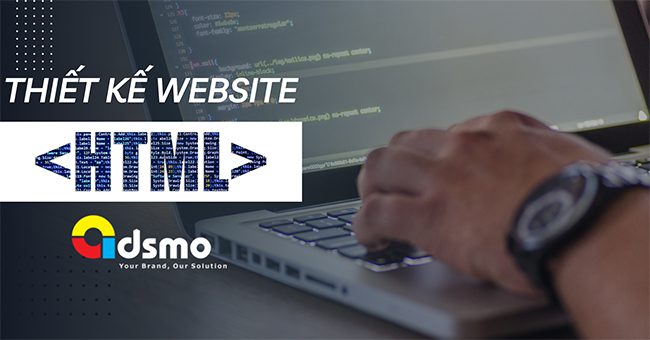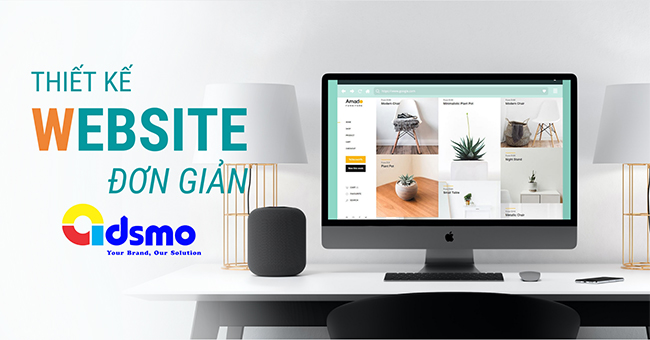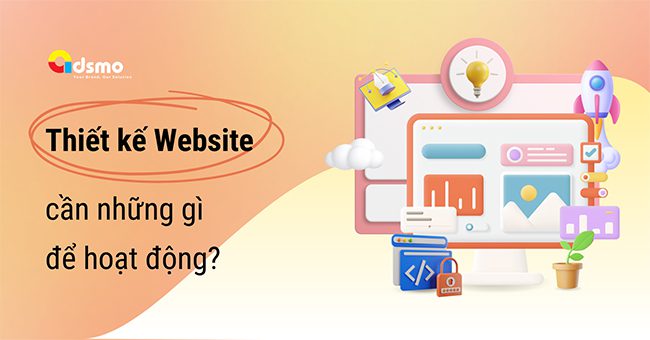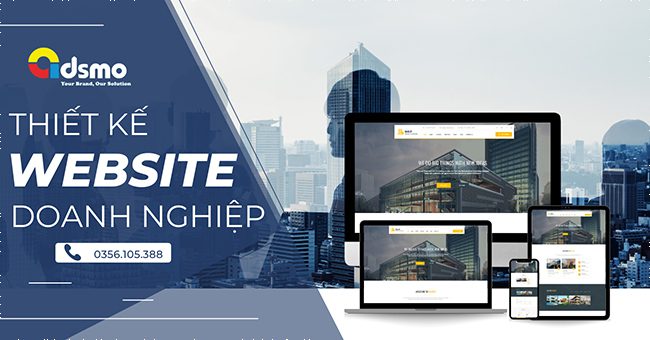As the previous article adsmo mentioned, in the era of digital information explosion like today, owning a “website” is no longer strange to companies and businesses. So to evaluate and analyze the effectiveness of a website, in addition to the criteria mentioned in the previous section such as: purpose of the website, content, UI/UX, what other criteria are there, let’s find out.
4. Traffic
Simply put, traffic is the number of people visiting a website, for any business, traffic is important. Before customers decide whether to buy or not, they must visit your “store” first and then consider whether the customer is likely to “buy” or whether the customer has enough criteria to meet the business’s goals?
In short, traffic research helps investors know the needs, “behavior”, and interests of users, thereby doing everything possible to continue to attract more customers.
The characteristics that you need to understand about traffic so that you can evaluate it are:
- Daily and monthly traffic volume
- Pageviews
- Pages per session
- Average time per session
- Bounce rate
- Percentage of new sessions.
- Percentage of traffic from orgonic search sources
- Benchmarks, demographics, location, user behavior.
Some tools help you evaluate traffic when analyzing the website:
- Google Analytics
- Quantcast
- SitePrice
5. Onpage, offpage situation
If you are an SEOer, you are probably familiar with the concept of onpage or offpage. Simply put, Onpage SEO is a method of optimizing the elements displayed on the website to improve the website’s ranking on search engine results. Onpage SEO includes Onpage Content and Onpage Code. In contrast to onpgage SEO, offpage SEO are techniques performed outside the website (backlinking, social network interaction…) to also improve the website’s ranking on search engine results.
See more:
Some factors that can be used as a basis for evaluating on-page and off-page SEO results:
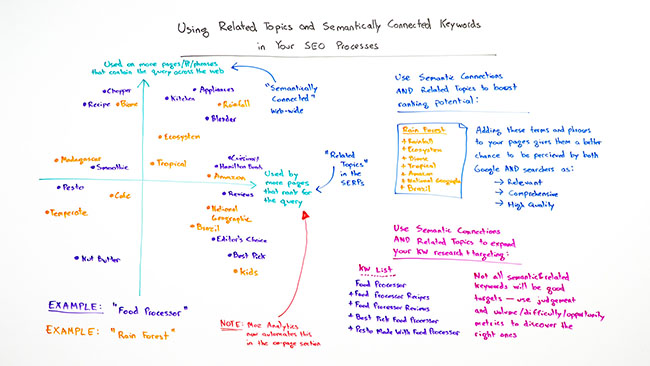
- Optimize URL: The thing to remember is that the shorter the URL, the higher the chance of getting to the top. Put the focus keyword – related to the content of your article in the URL.
- Optimize title: If the tile is well made and attractive enough, right on the search focus, they will click on the article. Each title is separated by | or -. The title should not contain exactly 100% of the keywords already in the URL. The title should contain the keywords that need the second highest on-page SEO. The title contains as many keywords as possible.
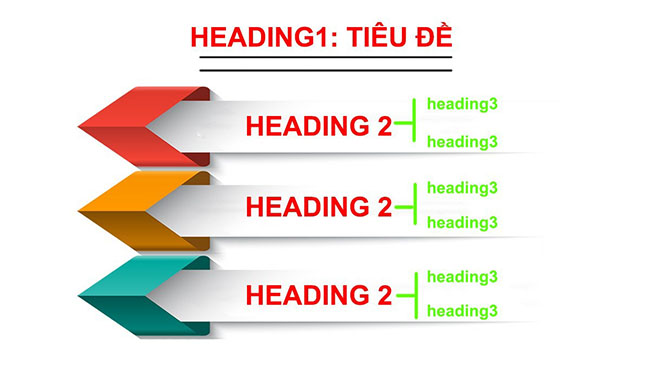
- Heading tags 1+2+3:
- TOC: TOC design really makes a difference, optimizing the user experience. Understanding Google’s Hummingbird & Rankbrain algorithms, Google really likes TOC. In addition, if you use WordPress, you can use the TOC Plus Plugin.
- Number of words: For main SEO pages, the article must have at least 1300 words, prioritizing naturalness and inserting many semantic keywords.
- Bold the main keyword in the article: SEO keywords must be bold in the article. The density of the main keyword falls between 1-3%, in addition, spread the density of secondary keywords, related words, and synonyms throughout to increase the relevance between ideas.
- Length of the article: The length of the article is one of Google’s quickest and easiest ways to preliminarily evaluate whether your article is in-depth and user-oriented. Usually the optimal word count for an article is 1890 to 1900 words.
- Semantic Keyword: Unlike LSI keywords, Semantic Keywords are keywords that help users and Google understand the context/topic of the article better.
- Number of referring domains: backlinks are probably the most important part of off-page. Search engines (mostly Google) are built on “page rank” – algorithms that look at the quantity and quality of backlinks pointing back to your website.
- Link Authority: Not all backlinks from websites are created equal. A link from a high-authority site will be more valuable than a link from a low-authority site. The higher the website rating, the more search traffic increases.
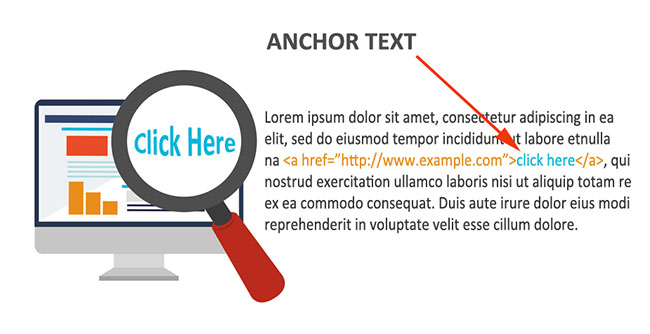
- Anchor text: are words in the content that contain links to other websites, so use a variety of Anchor text related to most of the keywords of the landing page, these keywords must be related to each other
- Google My Business: is a business profile of a company provided by Google for free. If you want this profile to be displayed on Google, Google my Business must be optimized to the maximum.
Some tools to support the assessment of onpage and offpage situations when analyzing websites:
- SEMrush
- Google Analytics
- Ahrefs
- Matomo
Mixpanel
ADSMO – INFORMATION TECHNOLOGY & MARKETING solution, providing customized Enterprise Software solutions, consulting on building digital platforms with the mission:
TOTAL solution, BREAKTHROUGH development – Optimizing COSTS – Increasing PROFITS. We are committed to bringing you:
- Management solutions tailored to your business needs.
- Easy-to-use and effective system.
- Professional customer support service.
Contact ADSMO now for free consultation:
- Address:8th Floor, HD Tower Building – 22 Pho Moi – Thuy Nguyen Ward – City. Hai Phong
- Website: https://adsmo.vn
- Email: info@adsmo.vn
- Hotline: 0356 105 388


